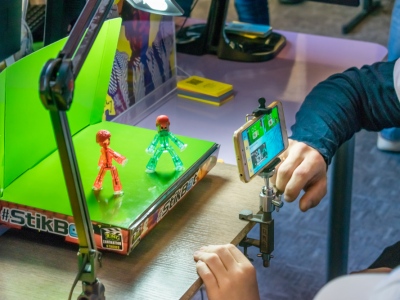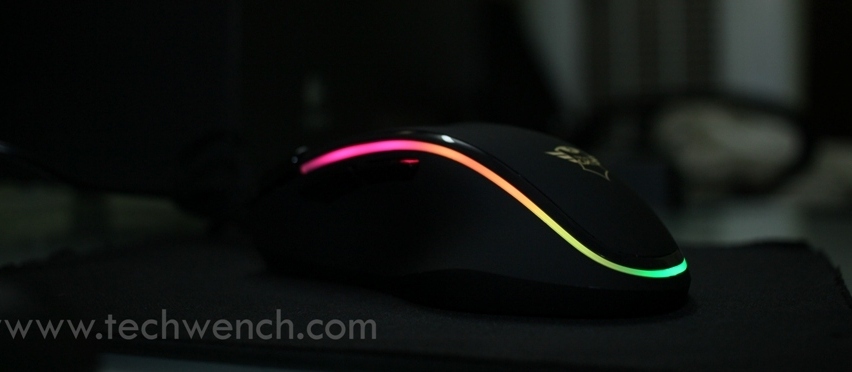One of the greatest costs in filmmaking is the equipment necessary to turn the vision in your head into a format people can understand and then, hopefully, turn that back into the vision you had in your head. The equipment which tells the story can really decide how well you get to tell that story, you as a filmmaker need to overcome budgetary limitations and push your equipment to get the most out of it, it’s how the old masters learnt and it’s how you will learn to as well.

Where you differ from the old masters of any art however is that you are pursuing this in the Digital Age! What the masters would have created had they possessed the tools we own today is surely a worthy thought experiment. The rate of development of digital technologies has led to a lot of equipment to fall in price; mass production technology and a rapid development in the market means that models of various tech go out of date fairly quickly though still deliver production quality audio/video. This is also where establishing and maintaining a good network of creative minded people pays for itself as people will be more willing to lend you their equipment which may be of higher quality than you yourself possess. If you possess no equipment then this is where some of your biggest costs will be cut, lend from friends. If you have no friends with equipment then you may have to look at renting or purchasing your own. In this article by TechWench will show you how to cut corners when it comes to selecting your audio and video recording equipment.
Cameras
A topic which could cover multiple articles in itself; what camera should I film with? There really is no right answer to this; good camerawork comes as much from the camera operator’s skill and how well he is directed as it does the equipment itself. So which way should you go? This depends on your requirements, it is ideal to use just one type of camera throughout to maintain the continuity of footage quality so choosing the right camera before you put the tripod up will save time and money down the line. Camera technology has advanced to the point where people are beginning to film on mobile phones (not just shorts either, feature films are in production now shot entirely on mobiles) proving that content trumps quality each time. Though obviously this is not ideal, pushed hard enough mobile phones can tell short stories admirably.
Cameras which shoot in HD quality are becoming so ubiquitous that one may be found in your pocket. A good entry level camera for this filmmakers money is the Sanyo Xacti fh1, a steal at around $250 it delivers image quality comparable to any Canon DSLR but without the $1000+ price tag. It has variable recording speeds and qualities (up to full 1920*1080 at 60fps!), stores it’s footage on an SD card so you won’t break the bank buying tapes. Footage I filmed on this has made its way to TV broadcast and didn’t look out of place. It does have a number of drawbacks however, it’s main being that there is no option for changing focus mid-shot, this is achieved using a slider through a menu at set distances. Not ideal for those arty, pull-focus shots but enough to get interesting static-focus shots. It’s other limitation being no option for an external microphone meaning you will have to record your dialogue on another device but the stereo onboard mics will make for a good second source for your main audio recorder.
Audio
Good quality audio is as paramount as quality footage. Period. You can mask over poor quality footage with good camera placement and clever editing, less so with audio. Considerably less so. If you’ve not recorded it cleanly then it will sink your production more than a less than HD image, an audience will forgive you for presenting them with a well shot story on an old camera, if your film sounds like it was recorded in a drain people will just switch off. This is why sound engineers are better paid than cameramen; people need to be able to hear your story clearly or they will miss key facts and plot points. Look for an audio recorder which has an external microphone option, preferably XLR, Zoom is known for its low-budget recorders which can be picked up for around $100 or less second hand. Finding a good sound recordist is just as key, it’s no good having the equipment if you can’t use it correctly, take it out for a walk prior to shooting with it to discover what it can and cannot do. A good microphone is also key and where there exists wide opportunity for borrowing if you ask around, if not they can be pricey to acquire or not it depends on how hard and far you look. Keep in mind the location and weather of your shoot, wind or industrial sounds can easily ruin a day’s shoot and can only be compensated for so much. Record it clean and be sure to get some atmospheric tracks of the location just in case.
The main cost saver in selecting your recording equipment is your filmmaking network, this can reduce your equipment costs to next to nothing, especially if your story gets people excited about working on it; they may call in favours from their own networks. Aside from this be aware of your requirements and where you plan to show your film. Online audiences are more accepting of lower quality footage but if you’re audio is dirty then they’ll call you the joker you really are. Join us next time when we discuss how to run a film set and move into the production phase of low budget filmmaking.










Comments